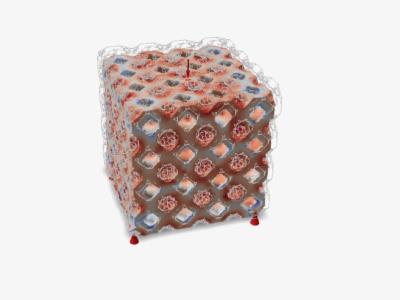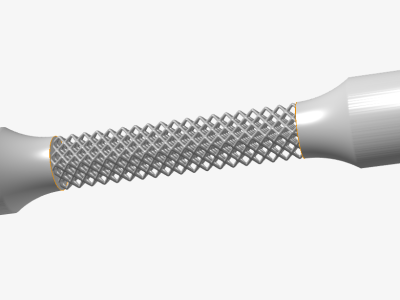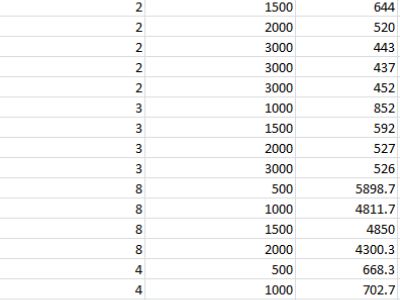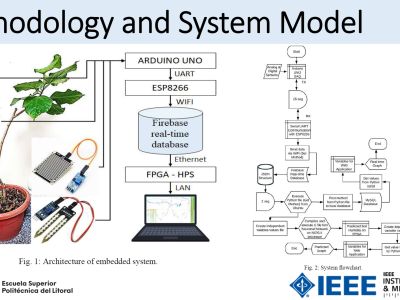Strut based architected materials with varying strut diameter

- Citation Author(s):
- Submitted by:
- AKSHANSH MISHRA
- Last updated:
- DOI:
- 10.21227/rdqx-g933
 184 views
184 views
- Categories:
- Keywords:
Abstract
The presented dataset contains information about struts utilized in a material system, including three key attributes: strut diameter, strut type, and sample number. The strut diameter describes the structural element's physical dimension, whereas the strut type specifies the design or placement inside the material, such as edge configurations. A sample number is assigned to each sample, identifying it uniquely. This data can be used in machine learning systems to forecast material qualities, optimize designs, and investigate the effect of strut configurations on structural performance. Training machine learning models on this dataset can provide insights into how differences in strut form and location affect material strength, flexibility, and other key properties.
Instructions:
The provided dataset includes sample numbers to uniquely identify each configuration of strut diameter and strut type. Here's how to understand and use this dataset:
Dataset Description:
- Each row in the dataset represents a unique sample with the following attributes:
- Strut Diameter: Specifies the thickness of the strut (ranging from 0.6 to 1).
- Strut Type: Indicates the structural configuration (e.g., Edge, Octagon, Hex Truss, Kelvin, Corner Diagonal, Face Centre).
- Sample Number: A unique identifier assigned to each combination of strut diameter and type.
- Each row in the dataset represents a unique sample with the following attributes:
Purpose of Sample Numbers:
- Sample numbers are sequential and serve as unique identifiers for individual configurations. They do not carry physical or mechanical meaning but are essential for tracking each configuration in analysis and results.
How to Use the Dataset:
- Use Sample Number as an index or reference key when merging or linking this dataset with other datasets containing performance metrics (e.g., strength, elastic modulus).
- Combine Strut Diameter and Strut Type to analyze their relationship with material properties.
- Group the data by Strut Type or Strut Diameter to investigate trends or patterns in structural performance.
Practical Applications:
- This dataset can be used to develop machine learning models for predicting material performance based on strut design.
- Sample numbers allow easy referencing of results during simulations, experiments, or when creating visualizations.










